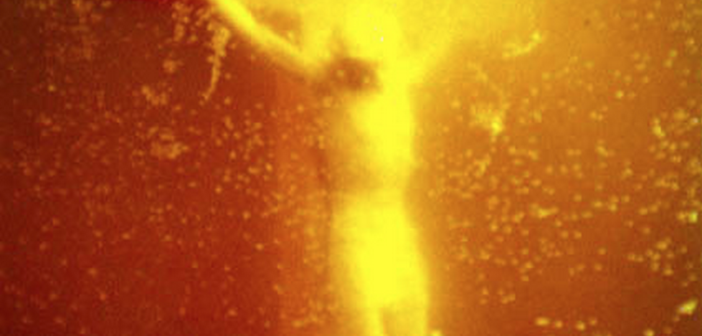Edward Winkleman had a piece yesterday about the arts under Obama, and what kinds of expectations people have about what this will mean. Will it simply be an expansion of the NEA? Will an Obama administration be more aggressive in funding arts programs, education, outreach? What about funding artists themselves, or offering tax incentives to collectors and philanthropists?
There is currently a strong push for President Obama to create a Secretary of the Arts, and musician/producer Quincy Jones is actively collecting signatures on a petition to pressure Obama on the issue.
As I was reading Winkleman's piece, I was immediately reminded of an article in the Boston Globe in December by Thor Steingraber titled "How the arts can nourish a struggling nation". The piece itself is full of some interesting history and a few great quotes. Here's an excerpt:
[Current NEA Director Dana] Gioia was once asked why the US government doesn't support the arts the way Europe does. "The US provides more funding for the arts than any other country in the world . . ." Giolia [sic]replied. "It's called the tax deduction."
A tax deduction is not an arts policy.
Under the federal tax code, deductions are allowed for contributions made to charitable organizations. Individual and corporate support for the arts, incentivized by these tax deductions, is likely slow in a chilling economy. Arts organizations will compete for shrinking funds, insufficient to sustain them all. An opera company might skate by, relying on its endowment and longstanding donors, while a small Latino theater troupe or an inner-city music school would be forced into extinction.
But funding isn't the only problem. For 20 years the NEA has been in hibernation.
In the late 1980s and early 1990s, a handful of artists were accused of subverting American culture. Robert Mapplethorpe became the cause celebre, and so began the "culture wars." Social conservatives and fiscal watchdogs joined forces in an offensive against the arts. Their battle cry: Art was responsible for the decay of American values, and why should American tax dollars pay for it? Self-appointed censors like Jesse Helms and Pat Buchanan proposed disbanding the Endowment altogether. The agency survived but retreated, leaving American artists to fend for themselves.
Even though the "culture wars" around the NEA are long over, I was struck by the comments on the Globe article. The second comment on the piece, by TotalKaosDave, reads:
Didn't the NEA help finance the "Crucifix in Urine" piece of art? And didn't the NEA provide financial support for the "[J]esus Covered in Feces" exhibit? WOW! Now that's where I want my hard-earned tax money going...(that's sarcasm for you artists...)
In fact, there are a number of comments that bring up the controversial works of Mapplethorpe, Serrano and the other pieces that brought the right-wing attacks on the NEA.1
What concerns me most is that, over twenty years since the controversial NEA fundings, the work is still brought up as a reason to ignore the arts. It seems that every time the topic comes up, the easy way to distract from the need for real and substantive support for the arts is to point out a few controversial pieces. A large part of the public is not well-versed enough in the arts to know whether or not the NEA is still funding work this controversial, and so the implication is that if more funding is given to the arts, more controversial work will be made. (How a single photograph or painting can affect the live of a person who isn't concerned with art is a topic for another day...)
Changing this attitude, I think, will need to be a core part of any strategy for improving support for the arts. Obama's administration needs to make progress on this issue, and needs to make solid arguments against the simplistic "they funded Piss Christ" mentality. By pointing to all the great and amazing work funded over the years, by challenging controversy rather than running away from it, and by convincing people who do not see inherent value in art that it is still necessary for the growth of our country, this is how the Obama administration can enact real and lasting change in the arts.
1 To be fair to the Globe commenters, there were also a number in defense of the NEA, the artwork and arts funding more generally.
Below: Andres Serrano's controversial photo Piss Christ from 1989.



